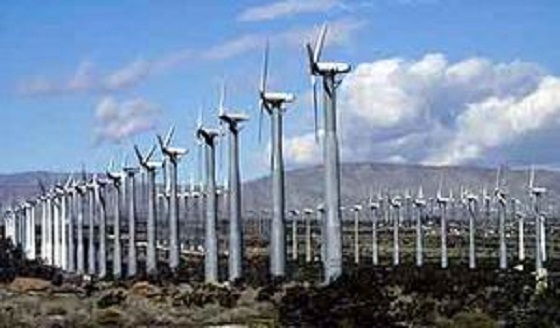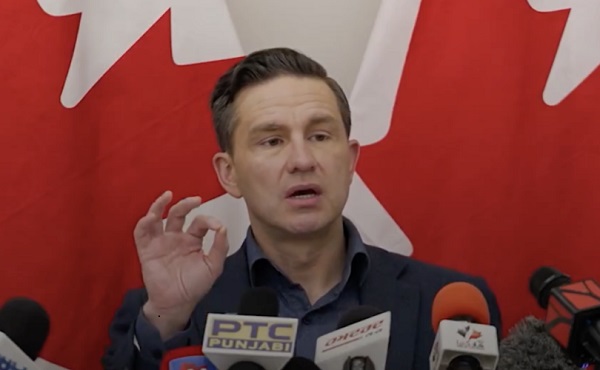Alberta
Province Bighorn Country public info sessions are on again

From the Province of Alberta
Bighorn Country public info sessions restart
The Provincial Government has rescheduled four public information sessions on the Bighorn Country proposal for Feb. 1 – 4.
In order to ensure Albertans have information on the proposed mix of parks and public lands in the Bighorn region, public information sessions are now scheduled for Drayton Valley, Edmonton, Red Deer and Sundre. Participants will have the opportunity to talk to program staff, view maps of the region, and submit feedback directly at more than 30 information stations.
“Many Albertans are deeply passionate about the Bighorn – that’s why we are consulting with all Albertans on a proposal for Bighorn Country. Already, we’ve engaged more than 50,000 Albertans and restarting these information sessions will allow us to reach even more. These sessions will make sure Albertans can ask questions, learn more about the proposal and share their views.”
Public information sessions will be held:
Drayton Valley
Friday, Feb. 1
Clean Energy Technology Centre Map
5400 22 Avenue
Drayton Valley
4 p.m. – 7 p.m.
Edmonton
Saturday, Feb. 2
Polish Hall Map
10960 104 Street
Edmonton
1 p.m. – 4 p.m.
Red Deer
Sunday, Feb. 3
Westerner Centre Map
4847A 19 Street
Red Deer
1 p.m. – 4 p.m.
Sundre
Monday, Feb. 4
Royal Canadian Legion Map
135 6 Street SE
Sundre
4 p.m. – 7 p.m.
Each of the sites have undergone a safety and security review. People can also review the proposal and provide feedback online by visiting talkaep.alberta.ca. The deadline for submitting feedback is Feb. 1
Quick facts
- Bighorn Country includes public lands from the boundary of Banff National Park eastward towards Drayton Valley. It includes Clearwater County, most of Brazeau County and the current Bighorn Backcountry management area.
- The Bighorn region is recognized for its scenic beauty and natural diversity. It includes scenic mountains and foothills, rare plants and key habitat for numerous species at risk such as grizzly bear, wolverine, harlequin duck, Athabasca rainbow trout and bull trout.
- The headwaters of the North Saskatchewan River and Red Deer River are located within Bighorn Country, providing clean drinking water to more than one million Albertans.
- Sharing this busy landscape is a wide variety of recreation and tourism activities. Hunting and fishing are popular, as well as camping, hiking, off-highway vehicle use, horseback riding, ice climbing and cross-country skiing.
- The Bighorn Country proposal includes new, expanded or amended parks, protected areas and public land use zones. This system of public lands is intended to provide a range of opportunities that suits the settings and demands of the region.
- The proposal means no significant change to recreation activities, but offers $40 million in new investment to improve services and infrastructure such as campsites, parking lots, trails and staging areas.
- The proposal supports continued practice of traditional uses and the exercise of treaty rights by Indigenous Peoples.

Tourism Development
Tourism is an important contributor to the region’s economy and Bighorn Country possesses unrealised tourism potential.
Modifying existing land designations could provide for different types of tourism development. Combined, these could support new opportunities, directly bene tting businesses and the local economy. Appropriate commercial recreation and tourism development could be identi ed through the parks planning process, including public consultation and engagement.
Bighorn Wildland Provincial Park
• Would conserve nature and allow low-impact backcountry recreation activities and services provided by both the public and private sectors.
• Focus on high-quality hunting, shing and other nature-based recreation experiences.
• Equestrian and off-highway vehicle use would continue, where appropriate, on designated trails.
Snow Creek Provincial Recreation Area
- Minor expansion would allow development of winter tourism activities, potentially including a Nordic ski trail system.
- Could provide a staging area for snowmobiles to access adjacent trails.
Kiska-Willson Public Land Use Zone
- Would continue to provide a large network of trails for motorized and non-motorized use.
- Would continue to support exploration for, and development of, coal, limestone and other resources.
- The northern portion would provide commercial recreation and tourism opportunities, while the southern portion would focus on low-impact backcountry recreation and tourism.
West Country Public Land Use Zone
- Trails and camping areas would remain open. Future recreation management planning is needed to thoughtfully manage impacts of recreation activities on other land uses and the environment.
- Would continue to permit industrial uses, such as forestry and energy, and existing public land recreation areas would remain.
- Recreation planning may include new trails, staging areas and other infrastructure, including support for commercial recreation and tourism development.
Bighorn Dam Provincial Recreation Area
- Focus would be on providing trails, staging areas and campgrounds to suit different recreation and tourism uses.
- OHV and snowmobile use would be permitted on designated trails, and a staging area would link campgrounds to the existing trail network in surrounding areas.
Hummingbird Provincial Recreation Area
- An important campground and staging area that provides access to the Bighorn Wildland Provincial Park or the Kiska-Willson Public Land Use Zone.
- Focus would be on providing trails, staging areas and campgrounds to suit different recreation and tourism uses.
Shunda Provincial Recreation Area
- Would expand and consolidate Fish Lake and Goldeye Lake Provincial Recreation Areas.
- Focus would be on maintaining, enhancing and providing new facilities and infrastructure to suit diverse recreation and tourism uses.
David Thompson Provincial Park
• Would incorporate the Thompson Creek and Kootenay Plains Provincial Recreation Areas and the Kootenay Plains Ecological Reserve.
• Would offer a number of front country experiences and connect visitors with the Bighorn Wildland Provincial Park.
• Focus would be on developing services, facilities and infrastructure to support current and future demand for recreation and tourism opportunities while prioritizing conservation.
North Saskatchewan River Provincial Park
- Would protect important natural landscapes that are unique to Bighorn Country.
- Would provide opportunities for water-based recreation, hiking, mountain biking and equestrian uses.
- Parks management planning would help determine the need for speci c trails and infrastructure to support conservation, recreation, tourism and education.
Ya Ha Tinda Provincial Park
• Ya Ha Tinda Provincial Park contains diverse landscape types and a wide range of experiences.
• It is an important staging area for the Bighorn Wildland Provincial Park, providing access for equestrian and other recreational uses.
Have Your Say Today
Visit talkAEP.alberta.ca today to give us your feedback on the Bighorn Country proposal.
Consultation will be open from November 23, 2018 to January 31, 2019. Over this period, we will gain your input on the future of the Bighorn area.
If we proceed, further consultation would be held to inform recreation and management planning.
Alberta
Province announces plans for nine new ‘urgent care centres’ – redirecting 200,000 hospital visits
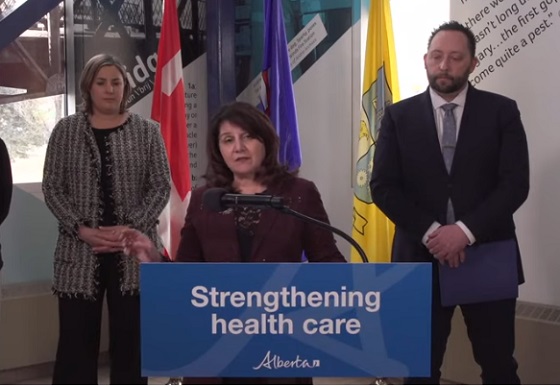
Expanding urgent care across Alberta
If passed, Budget 2025 includes $17 million in planning funds to support the development of urgent care facilities across the province.
As Alberta’s population grows, so does the demand for health care. In response, the government is making significant investments to ensure every Albertan has access to high-quality care close to home. Currently, more than 35 per cent of emergency department visits are for non-life-threatening conditions that could be treated at urgent care centres. By expanding these centres, Alberta’s government is enhancing the health care system and improving access to timely care.
If passed, Budget 2025 includes $15 million to support plans for eight new urgent care centres and an additional $2 million in planning funds for an integrated primary and urgent care facility in Airdrie. These investments will help redirect up to 200,000 lower-acuity emergency department visits annually, freeing up capacity for life-threatening cases, reducing wait times and improving access to care for Albertans.
“More people are choosing to call Alberta home, which is why we are taking action to build capacity across the health care system. Urgent care centres help bridge the gap between primary care and emergency departments, providing timely care for non-life-threatening conditions.”
“Our team at Infrastructure is fully committed to leading the important task of planning these eight new urgent care facilities across the province. Investments into facilities like these help strengthen our communities by alleviating strains on emergency departments and enhance access to care. I am looking forward to the important work ahead.”
The locations for the eight new urgent care centres were selected based on current and projected increases in demand for lower-acuity care at emergency departments. The new facilities will be in west Edmonton, south Edmonton, Westview (Stony Plain/Spruce Grove), east Calgary, Lethbridge, Medicine Hat, Cold Lake and Fort McMurray.
“Too many Albertans, especially those living in rural communities, are travelling significant distances to receive care. Advancing plans for new urgent care centres will build capacity across the health care system.”
“Additional urgent care centres across Alberta will give Albertans more options for accessing the right level of care when it’s needed. This is a necessary and substantial investment that will eventually ease some of the pressures on our emergency departments.”
The remaining $2 million will support planning for One Health Airdrie’s integrated primary and urgent care facility. The operating model, approved last fall, will see One Health Airdrie as the primary care operator, while urgent care services will be publicly funded and operated by a provider selected through a competitive process.
“Our new Airdrie facility, offering integrated primary and urgent care, will provide same-day access to approximately 30,000 primary care patients and increase urgent care capacity by around 200 per cent, benefiting the entire community and surrounding areas. We are very excited.”
Alberta’s government will continue to make smart, strategic investments in health facilities to support the delivery of publicly funded health programs and services to ensure Albertans have access to the care they need, when and where they need it.
Budget 2025 is meeting the challenge faced by Alberta with continued investments in education and health, lower taxes for families and a focus on the economy.
Quick facts
- The $2 million in planning funds for One Health Airdrie are part of a total $24-million investment to advance planning on several health capital initiatives across the province through Budget 2025.
- Alberta’s population is growing, and visits to emergency departments are projected to increase by 27 per cent by 2038.
- Last year, Alberta’s government provided $8.4 million for renovations to the existing Airdrie Community Health Centre.
Related information
Alberta
Province pumping $100 million into Collegiates and Dual-Credit hands-on learning programs
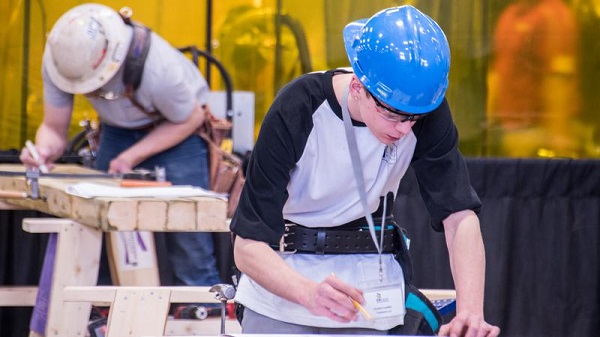
Alberta’s government is helping students discover their skills and interests today, to help them find careers for tomorrow.
If passed, Budget 2025 will provide more than $100 million over three years for school boards to grow career education programs, including funding for more collegiate and dual-credit programs across Alberta.
“We are working to set students up for success by strengthening job-focused education. This money is helping schools partner with businesses, universities and colleges to create programs that will help students hit the ground running after they graduate.”
Career education helps students gain credits towards graduation while earning hands-on experience in fields like the trades, computer programming, health care, agriculture, culinary arts and more. These career education programs support a strong economy by helping students learn the skills they need to get in-demand jobs.
Collegiate schools
Collegiate schools work with businesses, universities and colleges to offer classes that give students pathways to education and careers in the job of their choice. There are 12 collegiate schools in Alberta, offering many different types of programming for grades 7-12, including aviation, graphic design, trades and more.
If passed, Budget 2025 provides more than $21 million to school boards to help fund special classrooms like carpentry workshops, film and media rooms, science laboratories, heavy equipment simulators and aircraft hangars. Another $6 million is being invested to support the start-up costs for new collegiate schools.
Dual-credit programs
Budget 2025, if passed, also provides $4.6 million in 2025/26 to start new or improve existing dual-credit programs. In partnership with universities and colleges, dual-credit programs give students a head start on rewarding careers by allowing them to earn high-school and post-secondary credits at the same time. Of the $4.6 million, $550,000 is being provided by Alberta Seniors, Community and Social Services for new and improved dual-credit health care aide programs.
“Health care aides play a critical role in ensuring Albertans receive the continuing care services they need to maintain their health, independence and quality of life. Our investments into career pathways for health care aides will provide opportunities for young Albertans to develop the skills they need to build a rewarding career in Alberta’s continuing care workforce.”
Another $1.4 million is being invested to support students participating in off-campus career education programs through CAREERS. This non-profit connects students to jobs in high-demand fields, such as the trades, technology, health, forestry and agriculture.
“Investments in collegiate and dual-credit programming are significant for Calgary Catholic as they further strengthen our collegiate and dual-credit programming. This programming will open opportunities for our students and help them to realize their full potential.”
“Before Fusion Collegiate, I felt lost and wasn’t really sure what to do after high school. Thanks to its career-focused learning and the opportunities through Fusion and The Educational Partnership Foundation, I’m now working as a first-year apprentice plumber with Mr. Rooter. The hands-on trades training, high school credits, safety certifications, and real-world skills I picked up completely changed my life. I’m excited about where my career is headed and really thankful for the support that helped me get here.”
Budget 2025 is meeting the challenge faced by Alberta communities with continued investments in education and health, lower taxes for families and a focus on the economy.
Quick facts
- If passed, Budget 2025 invests $102.4 million over three years to provide sustainable, predictable career education funding, and to increase access to career education for Alberta students.
- This includes $8.4 million over 2026-27 and 2027-28 to raise awareness among students and families of career education programs and pathways available to Alberta students.
- Career education in Alberta includes career and technology courses, Career and Life Management (CALM), dual-credit courses, collegiate schools, apprenticeships and off-campus education programming.
- Since 2013, more than 95,000 high school students participated in at least one dual–credit course.
- In spring 2025, Alberta Education will engage with education partners on best practices to bring more career education opportunities to students.
- Since 2022, education partners and almost 5,000 Albertans have provided their feedback on career education and workforce needs.
Related information
-
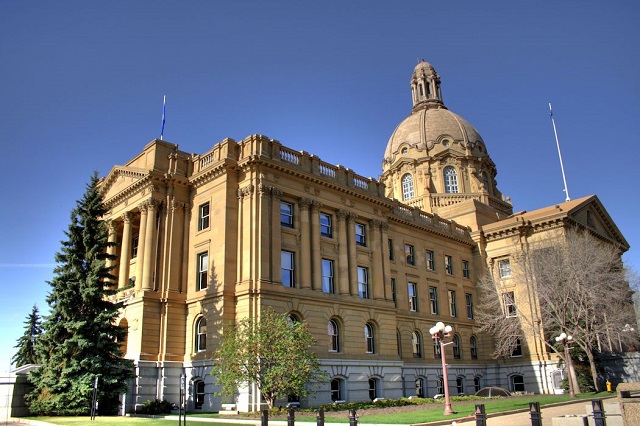
 Alberta1 day ago
Alberta1 day agoAlberta Institute urging Premier Smith to follow Saskatchewan and drop Industrial Carbon Tax
-

 Addictions1 day ago
Addictions1 day agoShould fentanyl dealers face manslaughter charges for fatal overdoses?
-

 2025 Federal Election2 days ago
2025 Federal Election2 days agoFool Me Once: The Cost of Carney–Trudeau Tax Games
-
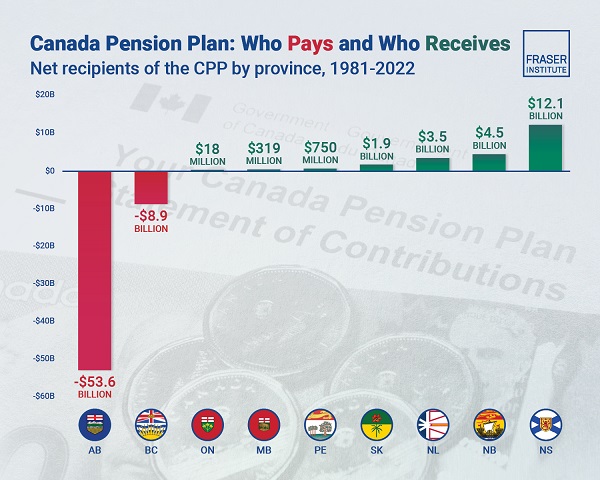
 Alberta1 day ago
Alberta1 day agoAlbertans have contributed $53.6 billion to the retirement of Canadians in other provinces
-
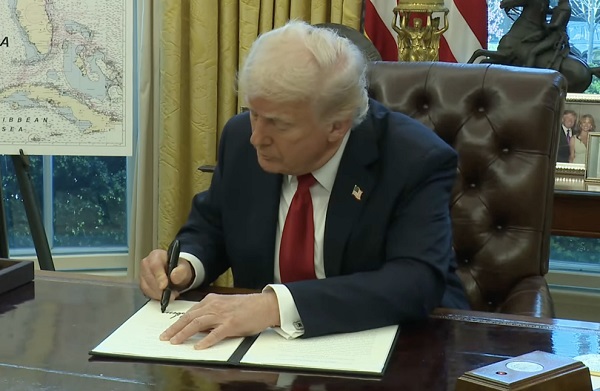
 Automotive2 days ago
Automotive2 days agoTrump announces 25% tariff on foreign automobiles as reciprocal tariffs loom
-

 2025 Federal Election1 day ago
2025 Federal Election1 day agoChinese Gangs Dominate Canada: Why Will Voters Give Liberals Another Term?
-

 Also Interesting20 hours ago
Also Interesting20 hours agoThe bizarre story of Taro Tsujimoto
-

 Energy1 day ago
Energy1 day agoEnergy, climate, and economics — A smarter path for Canada

